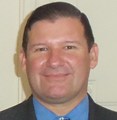- Submissions

Full Text
Orthopedic Research Online Journal
Spino-Plastic Surgery: Collaborative Care in Complex Spine Surgery
Casey Martinez1*, Daniel Vernik1, Camryn Payne1, Michael Bohl2, Alexander E Ropper3, Sebastian Winocour4 and Edward M Reece5
1Mayo Clinic Alix School of Medicine, Phoenix, AZ, USA
2Carolina Neurosurgery & Spine Associates, Charlotte, NC, USA
3Department of Neurosurgery, Baylor College of Medicine, Houston, TX, USA
4Department of Plastic Surgery, Baylor College of Medicine, Houston, TX, USA
5Department of Surgery, Division of Plastic and Reconstructive Surgery, Mayo Clinic, Phoenix, AZ, USA
*Corresponding author:Casey Martinez, Mayo Clinic Alix School of Medicine, Phoenix, AZ, USA
Submission: February 17, 2024;Published: February 24, 2024
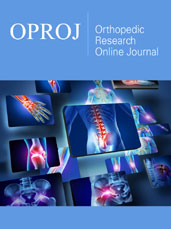
ISSN: 2576-8875 Volume11 Issue4
Opinion
Medicine and surgery, on the whole, are becoming increasingly sub-specialized. The decrease in volume of generalists is accompanied by a marked increase in honed expert practice, dictated by patient needs and case volumes. Challenging cases of spinal reconstruction have called for a more specialized field to best treat high-risk patient populations: spino-plastic surgery. An increasingly prevalent and high-risk patient population fitting within this category are those individuals who have failed prior attempts at spinal fusion or with extensive vertebral defects status-post oncologic resection. Applying basic principles of plastic surgery, spino-plastic surgery utilizes Vascularized Bone Grafting (VBG) to augment spinal fusion [1]. VBGs are pedicled musculo-osseous grafts based upon Sharpey’s fibers and periosteal feeding vessels [2]. Because the vascular supply to the graft is unnamed, VBGs maintain the label of a graft instead of a flap [3]. Traditional free flaps differ from these composite grafts by bringing in vascularized tissue from distant donor sites that requires microsurgical anastomosis. While the free fibula flap, for example, is an excellent reconstructive option in many circumstances, there is often no reliable nearby recipient vessel(s) when reconstructing the spinal column. This is particularly the case in revision arthrodesis, regardless of the spinal level. Within the reconstructive ladder, reliable perfusion is the key that allows superior healing. Vascularized grafts induce direct healing, defense against infection, and structural integrity through remodeling with viable bony density [4]. Hence, the potential of the VBG to incorporate with the existing vertebral body is greater than any possible non-vascularized option. Additionally, the use of VBGs is associated with decreased operative time when compared to free flaps that require the use of a microscope [3].
Pseudoarthrosis, or failure of bone fusion after arthrodesis, is a relatively common occurrence after spine surgery that gives rise to a multitude of complications. Prevalence of pseudoarthrosis in spine surgery for repair of adult spinal deformity has been shown to be upwards of 6.3% [5]. This number increases to about 24% when the procedures involve long segment fusions of 4 or more levels of the spine [6]. Complications of pseudoarthrosis include pain, neurologic deficits, progressive spinal deformity, and hardware failure. Other common complications that may or may not coincide with pseudoarthrosis include deep wound infection and/or poor wound healing. In many cases, these patients require one or more reoperations of increasing difficulty and complexity.
Fortunately, plastic surgeons are well adept to collaborate and approach difficult surgical problems head-on. Spino-plastic surgery rises to the occasion, helping to solve the problem of pseudarthrosis and its complications as a multidisciplinary field comprised of plastic, orthopedic, oncologic and neurosurgeons.
There are six primary types of VBGs described in spino-plastic literature [1]. Each pedicled on neighboring musculature, the iliac crest, rib, spinous process, scapula, clavicle, and occiput provide options for augmenting spinal fusion from C1 to sacrum [1,3]. Sacral reconstruction has even been successfully completed by utilizing an IC-VBG, as pictured in Figure 1; [7]. The iliac crest VBG (IC-VBG) is the most commonly employed graft in cases of distal thoracic and lumbar fusion [8]. The quadratus lumborum is the muscular pedicle, dissected with care to preserve with the cluneal nerve [8]. As with all VBG types, this requires a subperiosteal dissection technique to avoid loss of vascularity supplying the graft itself [1].
Figure 1:IC-VBG reproduced with permission from the Mayo Clinic.

Both the rib and spinous process VBGs (R-VBG and SP-VBG) have differing arcs of rotation based upon the level at which they are harvested. R-VBGs, pedicled on subcostal muscles that are supplied by the subcostal arteries, reach from C6 to L5 when the 8th rib is harvested, see Figure 2; [9]. The curvature of each rib should be taken into consideration to best match the kyphosis or lordosis of the reconstructed spinal column. A careful dissection is required to ensure no pneumothorax has occurred, and a bubble test may be employed to confirm intact pleura after harvest. On the other hand, paraspinal perforators supplying the paraspinal musculature are the primary vascular contribution to the Sharpey’s fibers of SPVBGs [10]. This graft type is typically used to aid in stabilization at the thoracolumbar spine [10].
Figure 2:R-VBG reproduced with permission from the Mayo Clinic.

Scapular grafts (S-VBGs), shown on left in Figure 3, reach proximal spinal defects, from occiput to about T8 [11]. While the major contribution to Sharpey’s fibers connecting the rhomboid minor or trapezius musculature to the S-VBG is multifactorial, the descending branch of the transverse cervical artery runs in close proximity and should be avoided throughout dissection [11]. With an arc of rotation from C2 to T2, the clavicular VBG (C-VBG), seen in middle of Figure 3, is based on the clavicular head of the sternocleidomastoid muscle supplied primarily by the occipital and superior thyroid artery branches [12]. Preventing damage of the anterior spinal artery is essential, requiring technical precision. Similarly, the proximity to the foramen magnum calls for extreme caution while harvesting the occiput graft (O-VBG), shown on the far right of Figure 3. The splenius/semispinalis capitis is the muscular pedicle supplied by the deep cervical artery, making it Mathes-Nahai type 2 and able to reach the cervical region [13].
Figure 3:From right to left, S-VBG, C-VBG and O-VBG reproduced with permission from the Mayo Clinic.

In each of these cases, VBGs are employed after the instrumentation and fusion has been completed. Once the proper VBG is selected based upon the size and location of the spinal defect requiring the most support, the graft is harvested, left attached to the muscular pedicle and then affixed to the decorticated edge using pedicle screws. To close, transpositional muscle flaps are elevated and utilized to best cover the hardware. One or more paraspinous, trapezius, or latissimus dorsi muscle flaps can be used as needed to obtain sufficient coverage.
Achieving stabilization of the spinal column in spine surgery is of primary importance, as any instability may be life-threatening. However, this can be difficult to achieve in many cases, especially in those of severe deformity and prior pseudoarthrosis. In these instances, multiple VBGs can be used, with most commonly bilateral of the same type to achieve stabilization. Utilization of multiple types of VBGs simultaneously has also been described. For example, Shvedova et al successfully used bilateral rib and iliac crest VBGs to achieve stabilization in a patient with extreme kyphosis [14]. As cases get more complex, a more in-depth understanding of the entire body is required to successfully avoid the large number of critical structures within and neighboring the surgical field, highlighting the benefit of a multi-specialty collaborative approach. Ultimately, in the case of spino-plastic surgery, greater complexity often comes with greater reward-truly aiding in the restoration of form and function for patients who may otherwise remain incapacitated.
Further research is required to refine the ideal patient population for spino-plastic surgery. Currently, the spino-plastic approach is mainly utilized in cases of complex spinal surgery- reserved for patients who have multiple prior operations, extreme deformity, extensive radiation treatment, and/or other complications [2]. The ongoing collection of longitudinal outcomes data for spino-plastic surgery will be important in elucidating the potential breadth of the patient population moving forward. Analysis of this data in comparison to similarly complex spinal surgery cases that did not utilize VBGs and/or collaborative spino-plastic surgery will also be useful in determining safety and utility.
Spino-plastic surgery is a field born out of necessity and ingenuity. There is much promise exploring the full capabilities of chimeric grafting to help particularly challenging cases of spinal defect or deformity. The team-based core allows for the boundaries to be pushed further than ever before. What is next? The future of the field is quite bright, with current innovations in artificial intelligence throughout the preoperative, intraoperative and postoperative stages of patient care. Continued collaboration between the spheres of medicine, biomechanics and technology makes spino-plastic surgery an exciting epicenter, growing a body of evidence to provide hope and change lives. VBGs are a singlestage procedure that have so much to offer, with their full potential yet to be elucidated.
References
- Martinez C, Abdulwadood I, Gomez DA, Jeger J, Bakri K, et al. (2024) Spino-plastic surgery. Orthoplastic Surgery 18: 2-7.
- Jeger JL, Simoni A, Shvedova M, Rebecca A, Winocour S, et al. (2023) Spino-plastic surgery: A literature review of vascularized bone grafts and their uses in spine reconstruction. Orthoplastic Surgery 14: 15-22.
- Skochdopole AJ, Wagner RD, Davis MJ, Raj S, Winocour SJ, et al. (2021) Vascularized bone grafts in spinal reconstruction: an overview of nomenclature and indications. Semin Plast Surg 35(1): 50-53.
- Eastlack RK, Dekutoski MB, Bishop AT, Moran SL, Shin AY (2007) Vascularized pedicled rib graft: a technique for posterior placement in spinal reconstruction. J Spinal Disord Tech 20(8): 610-615.
- How NE, Street JT, Dvorak MF, Fisher CG, Kwon BK, et al. (2019) Pseudarthrosis in adult and pediatric spinal deformity surgery: a systematic review of the literature and meta-analysis of incidence, characteristics, and risk factors. Neurosurg Rev 42(2): 319-336.
- Kim YJ, Bridwell KH, Lenke LG, Rhim S, Cheh G (2006) Pseudarthrosis in long adult spinal deformity instrumentation and fusion to the sacrum: prevalence and risk factor analysis of 144 cases. Spine (Phila Pa 1976) 31(20): 2329-2336.
- Reece EM, Van Spronsen N, Velluto C, Jeger JL, Fullmer C, et al. (2024) Spinoplastic reconstruction using iliac crest vascularized bone graft following sacral ependymoma resection. Plast Reconstr Surg Glob Open 12(11): e6341.
- Reece EM, Davis MJ, Wagner RD, Abu-Ghname A, Cruz A, et al (2021) Vascularized bone grafts for spinal fusion-part 1: The iliac crest. Operative Neurosurgery 20(5): 493-496.
- Reece E, Agrawal NA, Wagner K, Davis MJ, Abu-Ghname A, et al. (2020) Vascularized rib grafts to augment spinal fusion: a novel approach. Plastic and Reconstructive Surgery - Global Open 8(9S): 153-154.
- Bohl MA, Almefty KK, Preul MC, Turner JD, Kakarla UK, et al. (2018) Vascularized spinous process graft rotated on a paraspinous muscle pedicle for lumbar fusion: technique description and early clinical experience. World Neurosurgery 115: 186-192.
- Reece EM, Davis MJ, Abu-Ghname A, Chamata E, Holmes S, et al. (2021) Vascularized bone grafts for spinal fusion-part 4: the scapula. Oper Neurosurg (Hagerstown) 20(5): 508-512.
- Bohl MA, Mooney MA, Catapano JS, Almefty KK, Preul MC, et al. (2017) Pedicled vascularized clavicular graft for anterior cervical arthrodesis: cadaveric feasibility study, technique description, and case report. Spine 42(21): E1266-E1271.
- Bohl MA, Reece EM, Farrokhi F, Davis MJ, Abu-Ghname A, et al. (2021) Vascularized bone grafts for spinal fusion-part 3: The occiput. Operative Neurosurgery 20(5): 502-527.
- Shvedova M, Abdulwadood I, Vernik DM, Shrout MA, Jeger JL, et al. (2024) Novel approach to difficult spinal reconstruction: bilateral simultaneous rib and iliac crest vascularized bone graft spinoplastic surgery. Plast Reconstr Surg Glob Open 12(4): e5656.
© 2025 Casey Martinez. This is an open access article distributed under the terms of the Creative Commons Attribution License , which permits unrestricted use, distribution, and build upon your work non-commercially.
 a Creative Commons Attribution 4.0 International License. Based on a work at www.crimsonpublishers.com.
Best viewed in
a Creative Commons Attribution 4.0 International License. Based on a work at www.crimsonpublishers.com.
Best viewed in 







.jpg)
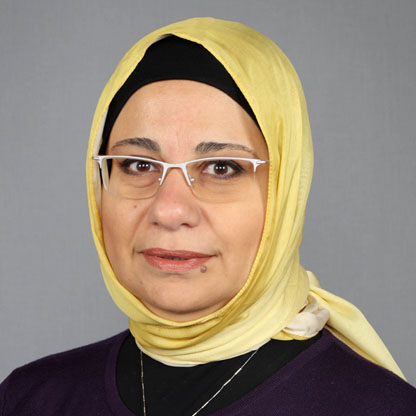


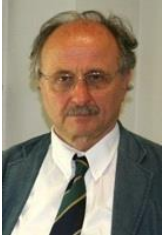


























 Editorial Board Registrations
Editorial Board Registrations Submit your Article
Submit your Article Refer a Friend
Refer a Friend Advertise With Us
Advertise With Us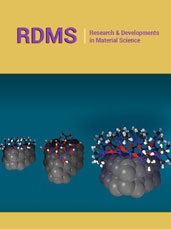
.jpg)


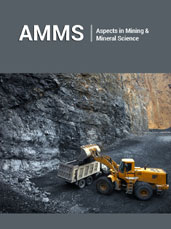


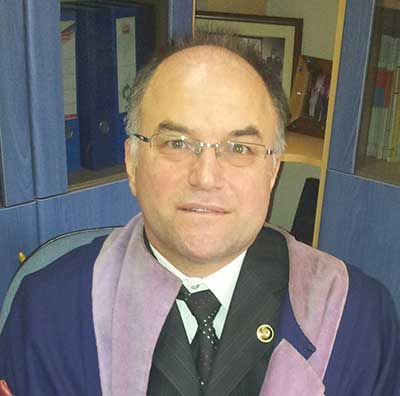
.jpg)




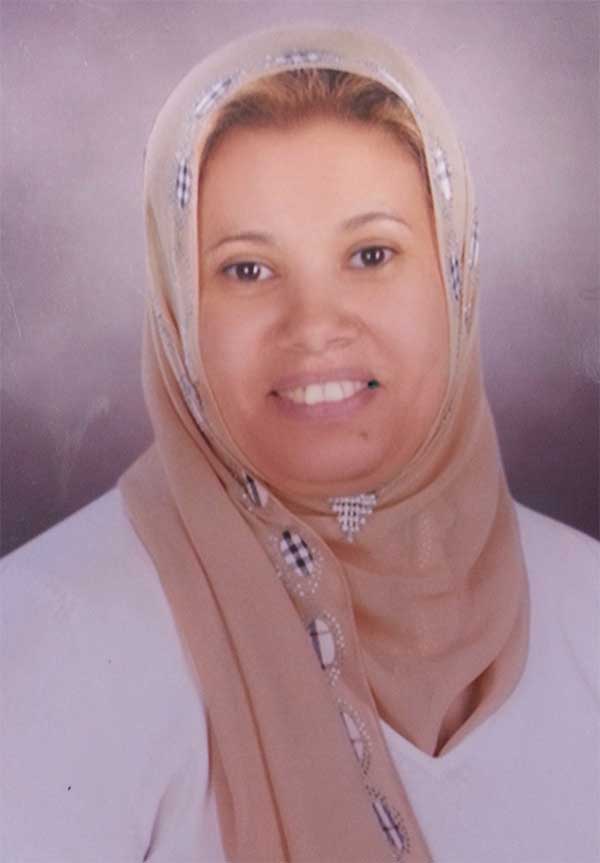









.bmp)
.jpg)
.png)
.jpg)









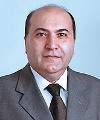
.jpg)






.png)

.png)



.png)
